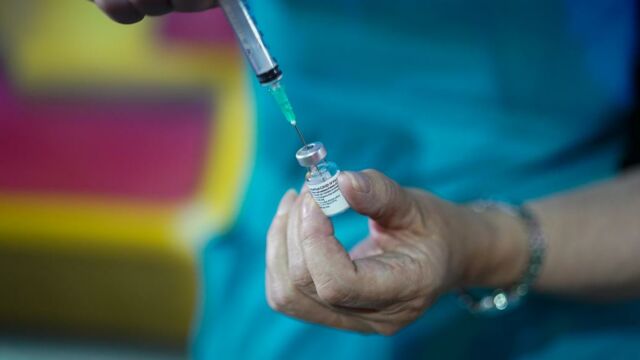Despite coronavirus concerns these last few months over restrictions easing, international travel and the low vaccine uptake of Britain’s youth, it seems that efforts have been paying off as Britain’s R rate has been falling faster than any other country.
Discover our latest podcast
Recent data from Public Health England (PHE) has shown that Britain’s R rate - a measure of virulency - has fallen somewhere between 0.8 and 1.1 for the first time since lockdown. Separate research from King’s College London has also supported the figures. Dr Claire Steves explained that ‘this is the good news the UK has been waiting for.’ But, Dr Steves also quickly remarked that a low R rate doesn’t mean the country is out of the woods yet.
We mustn’t get ahead of ourselves. This pandemic definitely isn’t over yet as cases remain very high — but the signs are very positive.
What does the R rate mean?
The R rate, orreproduction rate, is an average measure of secondary coronavirus infections caused by a single person. An R rate of 0.8 means that for every ten people infected, they pass the virus onto just eight others.
Basically, as long as this R rate remains below one, it means that the virus is slowly losing its hold. The further below one the R rate gets, the faster the outbreak is shrinking. On the other hand, R rates above one indicate that COVID is spreading.
The Office for National Statistics (ONS) also found that R rates were dropping across all regions of the UK aside from Northern Ireland, where the Delta variant is still rather prevalent.
How does Britain’s R rate compare to the rest of the world?
Britain’s R rate is also falling faster than other countries across both Europe and the world, except for tiny, Luxembourg which managed a marginally lower rate at just 0.79.
So far, Germany has an R rate of 1.6, and neighbour France has a rate of 1.3. Sweden now has an R rate of 1.4, Italy 1.2, Belgium 1.1 and Spain 1.02.
The rest of the world has seen Israel with an R rate of 1.5, the US 1.4 and in Australia - where two states have recently gone back into lockdown - the R rate is 1.3.
Britain’s falling R rate couldn’t come at a better time as the country has now also passed the threshold of six million confirmed COVID cases since the start of the pandemic in March last year. GOV.UK data to the 5th of August also revealed that there are currently 5,631 people in hospital with the virus, and on Thursday, 92 more deaths were recorded. While the overall infection rate is falling, these figures still highlight the need for Brits to get their vaccines.















